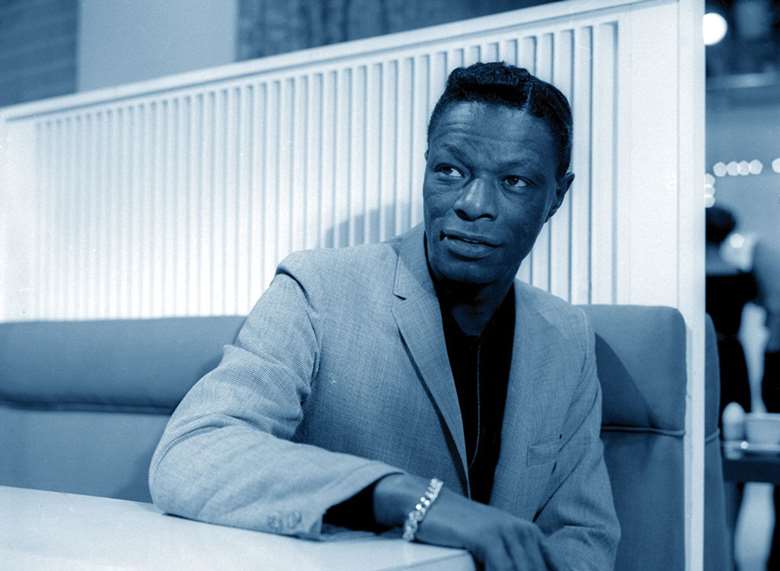Unforgettable: Nat King Cole at 100
Monday, March 11, 2019
The 100th birthday of Nat King Cole give us all an opportunity to return to the music this hugely important artist, writes Peter A. Coclanis


Register now to continue reading

Thank you for visiting Jazzwise.co.uk. Sign up for a free account today to enjoy the following benefits:
- Free access to 3 subscriber-only articles per month
- Unlimited access to our news, live reviews and artist pages
- Free email newsletter